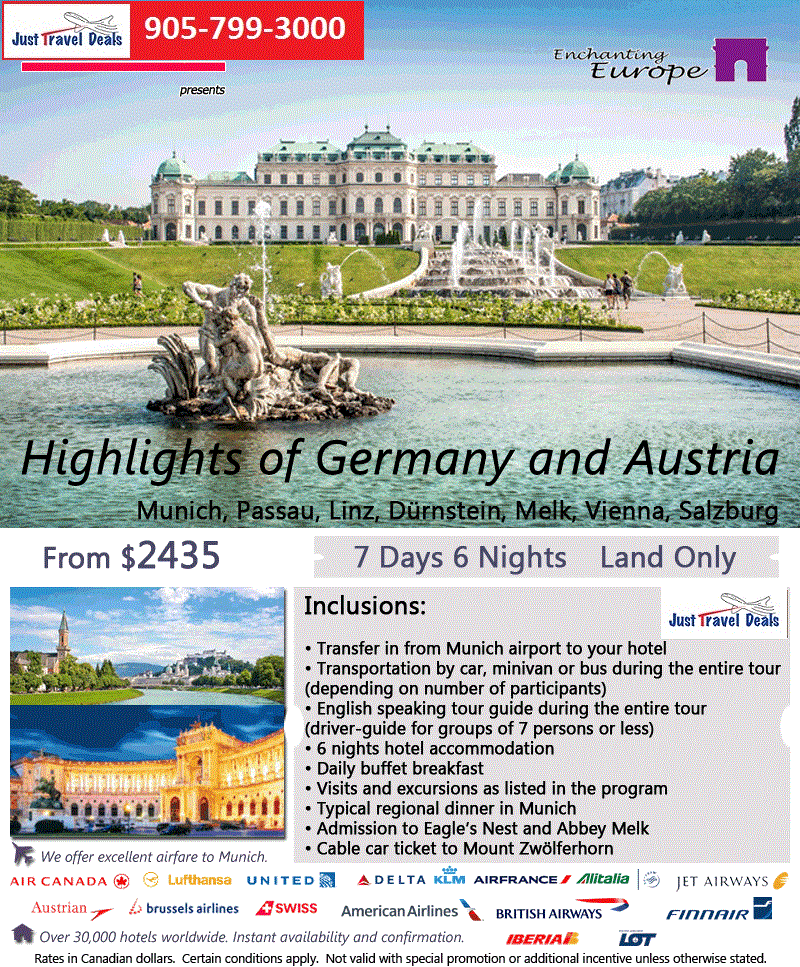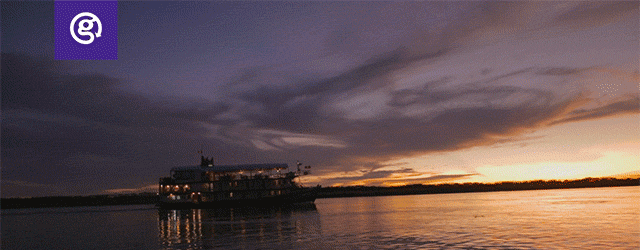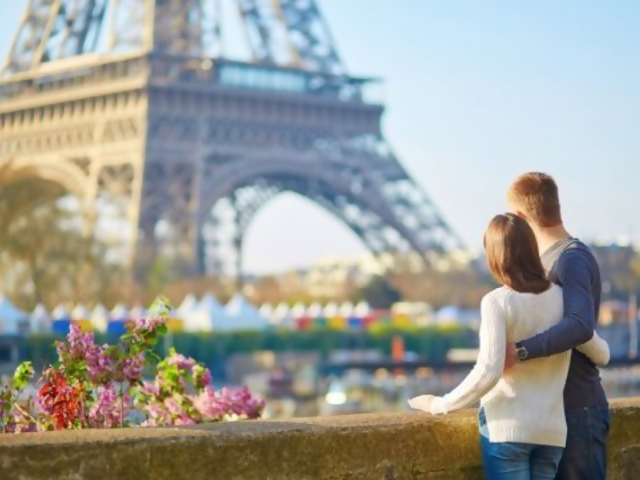Anzio
About Rome, Italy
Anzio [ˈantsjo] is a city and comune on the coast of the Lazio region of Italy, about 51 kilometres (32 mi) south of Rome.
Anzio is a small fishing port known for its beaches and amazing seafood. Romans will go down to Anzio on the weekend to spend a day on the manicured beaches and then enjoy a fish lunch. For the international traveller Anzio is best-known for its military significance as a landing-spot for the Allies in the Second World War.
In Roman times it was the site of numerous villas for the elite and many fine works of art from the period have been discovered in the area: the Fanciulla d'Anzio, the Borghese Gladiator now in the Louvre and the Apollo Belvedere now in the Vatican.
Beaches
The Anzio beach and the ones of nearby Nettuno are lovely.
The beach at Lido di Ostia is the closest from Rome. Beach clubs will charge you an access fee, look for the free-access portions between the clubs.
Fregene is where most Romans go to tan themselves during the day and party at night.
Sabaudia is home to a 1km stretch of sand and also faces a lake with water sports facilities.
Santa Severa is quite beautiful and unusual with its 9th century castle facing the sea.
Climate The Mediterranean climate serves up generally sunny skies and mild temperatures. Winters are brisk and cold, although it's rarely grey and gloomy.
Geography
Anzio is a city and comune on the coast of the Lazio region of Italy, about 56 km south of Rome. The region, with undulated hills, stretches from the western buttresses of the Apennines to the Tyrrhenian Sea. The landscape is varied and presents flatlands, on the coastline and in the hinterland, ridges and calcareous highlands. Lazio has four very ancient craters of extinct volcanoes form the lakes of Bolsena, Vico, Bracciano, Albano and Nemi.
History Called Antium in ancient times, it was the capital of the first settlers until it was conquered by the Romans. With the latter expansion of Rome it was just far enough away to be insulated from the riots and tumults of Rome. It was relatively easy to defend as the city stood on higher ground and away from the shore, though it extended down to it. This was defended by a deep ditch and by walls. Leading Romans built magnificent seaside villas at Antium. Both Emperor Caligula and Nero were born in Antium.
In the Middle Ages Anzio was deserted in favour of nearby Nettuno but at end of the 17th century the importance of the harbour was restored.
On 22 January 1944 Anzio was the site of an Allied forces amphibious landing in attempt to outflank German defenses during the Italian Campaign of World War II. The Germans counter-attacked and a 4 month battle issued. The resulting combat is commonly called the Battle of Anzio.
Nature About 8 km north of the town you will find the Nature Reserve of Tor Caldara which features sulphur springs, the Tor Caldara medieval tower, evergreen oak trees and Mediterranean vegetation forest inhabited by numerous animal species.
The center of Rome is surrounded by some large green areas and opulent ancient villas, which are the remains of the crowns of villas which encircled the papal city. Most of them were largely destroyed by real estate speculation at the end of the 19th century. The most important among the surviving ones are:
- Villa Borghese, with a large landscape garden in the naturalistic 19th century English style, containing a number of buildings, museums and attractions. - Villa Ada, the largest public landscaped park of Rome. - Villa Doria Pamphili, the second largest. - Villa Torlonia, a splendid example of Art Nouveau mansion that was the residence of Benito Mussolini - Villa Albani, commissioned by Alessandro Cardinal Albani to house his collection of antiquities and Roman sculpture, which soon filled the casino that faced the Villa down a series of formal parterres.
Unique to Here During World War II, Allied soldiers fought and died on the beach and in the surrounding countryside of this town. On January 22, 1944 troops landed behind the German lines during the Battle of Anzio, part of the Allied advance to Rome. A greater number of American forces landed in Anzio and Nettuno, 10 km south. A total of 110,000 troops landed. As a perennial memory, a marble stele, elevated and in front of the sea, remembers this sacrifice.
Airport :
Fiumicino Airport Airport Tax :
none Distance from Airport :
65 km Tourist Office :
V. Mimma Pollastrini 5, Anzio. tel: 06 98 31 586 Tourist Season :
April to June, and September to October
Festivals & Events
February
Festa di Sant'Agata
March Procession of the Cross Carnevale
May Festa dei Ceri Palio della Balestra
June Testaccio Village Estate Romana Feast of St Peter & St Paul
July Festa di Noantri Ardia
August - most Romans take holidays; many shops, attractions and facilities closed.
November Festa della Madonna della Salute
Transportation The main airport is Leonardo da Vinci, also known as Fiumicino. One of the most convenient ways to get into Rome is by the Stazione Termini direct train, which usually runs hourly from the airport. There is an hourly Roma-Nettuno train.
Anzio is a departure point for ferries and hydroplanes to the Pontine Islands of Ponza, Palmarola and Ventoten
Activities & Sports
You can swim, jog, bike or stroll on the beaches on the Lazio coast.
Football is the most popular sport in Rome, as in the rest of the country. The Stadio Olimpico is the home of both A.S. Roma and S.S. Lazio, as well as of the Italian national football team. The Stadio Flaminio is the home stadium for the Italy national rugby union team. Every spring, the annual Rome marathon is considered to be the most widely attended sports event in Italy.
Archaeology The city of Rome is filled with archaeological digs and finds. The highlights will be described here:
The Colosseum, the world’s most famous amphitheater, was built in AD 72 by the Emperor Vespasian for gory gladiatorial combat and wild animal fights. The 55,000-seater stadium remains a stunning piece of architectural innovation.
In the shadow of the mighty Colosseum, past the Arch of Titus, stand the remains of Rome’s ancient heart: The Roman Forum. This once a bustling market place at the center of the city was transformed in the second century BC into a grandiose ceremonial center.
The Baths of Diocletian in Rome were the grandest of the public baths built by successive emperors. They were the largest and most sumptuous of the imperial baths and remained in use until the aqueducts that fed them were cut in 537.
The Pantheon is an ancient temple to all the gods which is celebrated for its large dome. As it is still a functioning church, silence is requested during your visit.
On Palatine Hill, right next to the Roman Forum, there are the ruins of several large villas that belonged to wealthy Roman families.
Attractions & Sights In Anzio visit Anzio Beachhead British Military Cemetery and a Beachhead Museum. In the same building is the Archaeological Museum. The Sicily-Rome American Cemetery and Memorial, mostly soldiers who fought for the liberation of Sicily; is in nearby Nettuno. Along the coast are numerous remains of Roman villas. One, the Domus Neroniana, has been identified as a residence of Nero.
Rome was one of the first cosmopolitan cities, importing slaves, gladiators, great art, and even citizens from the far corners of the world. Despite its carnage and corruption, Rome left a legacy of law, a heritage of great art, architecture, and engineering, and an uncanny lesson in how to conquer enemies by absorbing their cultures.
The Castel Sant'Angelo is perhaps the most fascinating building in Rome. The core of the structure began life as the mausoleum of the Emperor Hadrian, built between 135 and 139 AD. Subsequent strongholds built on top of the mausoleum were in turn incorporated into a residence and castle by medieval Popes. The building was used as a prison until 1870, but now houses a museum.
Vatican City is the last Papal state in existence and the temporal seat of the Pope, head of the worldwide Catholic Church. Situated within the city of Rome, the Vatican is the world's smallest state. St Pietro (St Peter's) is said to be the finest church on the planet. Long queues for entry await visitors and a strict dress code is enforced. The Vatican Gardens can only be seen by joining the free 90 minute tours leaving from the Tourist Information. The Vatican Museum is one of the greatest art galleries in Europe. The museum is most famous for its spiral staircase, the Raphael Rooms and the exquisitely decorated Sistine Chapel famous for Michelangelo's frescos.
Rome was a major world center of the Renaissance, second only to Florence, and was profoundly affected by the movement. The great aristocratic families of Rome used to build opulent dwellings as the Palazzo del Quirinale, the Palazzo Venezia, the Palazzo Farnese, the Palazzo Barberini, the Palazzo Chigi (now seat of the Prime Minister), the Palazzo Spada, the Palazzo della Cancelleria, and the Villa Farnesina.
Some of the best museums in the world can be found here. In Rome, the National Museum houses the most important archaeological collections in the world, while the Capitoline Museum holds the oldest classic sculptures. In the Museum of the Palazzo dei Conservatori, Greek and Roman sculptures. Etruscan vases, paleochristian sarcophagi can be admired. The Pinacoteca Capitolina houses remarkable pictorial works. In the Museum of Rome there are civic documents, from the Middle Ages to the present day. Tourists should not omit a visit to the Barracco Museum, with Assyrian, Babylonian, Egyptian and Etruscan relics arid to the National Museum of Castel Sant’Angelo. The Doria Pamphili Gallery houses a highly valuable private pictorial collection, moreover, there are: the National Gallery of Ancient Art; the Borghese Museum and Gallery; the National Museum of Villa Giulia. The imposing complex of the Vatican Museums contains numberless outstanding masterpieces.
Roman Catholic churches are filled with richness and range of decor. Please note that some churches in Rome deny admission to people who are dressed inappropriately. Bare shoulders, short skirts, and shorts are officially not allowed. Churches worth visiting include: San Carlo alle Quattro Fontane, Sant' Ivo della Sapienza, Santa Maria del Popol, San Luigi dei Francesi, Sant'Agnese in Agone in Piazza Navona, San Giovanni in Laterano, Santa Maria Maggiore, San Clemente, and Santa Maria in Trastevere. There are literally hundreds more to see. A really unusual attraction is the Capuchin Monastery where its crypt contains a macabre display of chapels decorated with the bones of thousands of dead monks.
Public squares abound as well in Rome. Its a great place to see famous fountains and to observe the locals daily routines. Check out: Piazza di Trevi (Trevi fountain), Piazza di Spagna (the Spanish Stairs), Piazza Navona, Campo de' Fiori, Piazza del Popolo, and Piazza del Campidoglio.
Nightlife The city of Anzio once hosted a Casino that is no longer active and now hosts cultural events.
You don't have to look far to be entertained in Rome. Opera or soccer, dance or drinking - partying in Rome is a pretty easy thing to do. The bar and club scene are mainly in the historic centre, Trastevere and Testaccio. Head down there around 11pm and listen for music. The outsides of the clubs will give you no idea what the insides are like. This area is best in the summer when the dancing moves outside. In the winter, most clubs close.
Rome's premier cultural venue is the Teatro dell'Opera. The outstanding local troupe is the Rome Opera Ballet. Performances of the most important orchestra, the RAI Symphony Orchestra, most often take place at the RAI Auditorium or the Academy of St. Cecilia.
Rock headliners often perform at Stadio Flaminio, Foro Italico, and in the EUR, at Palazzo della Civilità del Lavoro or Palazzo dello Sport. Most concerts are at the Palazzo dello Sport.
Simply walking around the Piazzas at night is an enjoyable experience: the Naiads (Piazza della Repubblica), the Tortoises (Piazza Mattei), and, of course, the Trevi fountains are particularly beautiful at night.
Side Trips Making Pompeii a day trip, while it is a very full day, is very doable. Pompeii is an excavation site and outdoor museum of the ancient Roman settlement. In 79 AD, the volcano Vesuvius erupted and the town Pompeii was buried in ash and soot, killing 2,000 people. This site is considered to be one of the few sites where an ancient city has been preserved in detail.
Head to Frascati, one of the historic hill towns to the South East of Rome known as the Castelli Romani. This town has been a popular destination for centuries away from the hustle and bustle of the capital, and this is still true today.
Ostia Antica is the ancient harbor and military colonie of Rome. It is an monumental area a bit like the Roman Forum. But in Ostia Antica you can get an impression how a roman city looked like.
Go to the Villa d'Este in Tivoli, with its famous and glorious fountains. Check out the Emperor Hadrian's Villa while you are out there.
Visit the gorgeous famed islands of Ischia and Capri in the Gulf of Naples.
Accommodations
If you're arriving during high season, be sure to book your accommodation at least a couple of days in advance..
Hotel reservations for any part of Italy can be made in though travel agencies and hotel representatives. The term pension, which describes a small hotel, is no longer used in Italy. Pensions are now called 1, 2, or 3 stars hotels. Some convents, monasteries and other religious institutions offer accommodations. Accommodation in private homes are available in most cities and towns in Italy as well.
There are at least two campsites near Rome: Camping Tiber and Happy Valley.
Eating Out Have a good seafood meal at the port in one of the famous fish restaurants or on one of the beaches. Other traditional meals include zuppa di pesce (a soup or stew of various fish, cooked in white wine and herbs), cannelloni (tube-shape pasta baked with any number of stuffings), riso col gamberi (rice with shrimp, peas, and mushrooms, flavored with white wine and garlic), scampi alla griglia (grilled prawns, one of the best-tasting and most expensive dishes in the city), quaglie con risotto e tartufi (quail with rice and truffles), and nocchi alla romana (potato-flour dumplings with a sauce made with meat and covered with grated cheese).
Rome remains one of the world's great capitals for dining, with more diversity today than ever. The trattoria is usually a family-run concern serving home-cooking. A ristorante is more formal, with a wider selection of dishes. The osteria is an inn, usually with only a few local dishes and endless wine. Pizzerias can serve antipasto, pasta, meat and vegetable dishes as well as pizza.
Shopping Rome is also one of the top destinations in the world for shopping, from the designer stores of the Piazza di Spagna and the surrounding Via del Babuino to the more mainstream shops on the Via Nazionale and Via del Corso. Vintage second hand clothes can be picked up in abundance on Via del Governo Vecchio or in San Giovanni`s Via Sannio market or failing that, check out the Via Appia Nuova - the longest shopping street in Europe. Romantics should check out the Piazza Campo de` Fiori, the place where Julius Caesar was murdered and is now one of the trendiest places to live in Rome.
Many Roman shops sell chocolates, pastries, liqueurs, wines, and limited-edition olive oils. Keep in mind that there are restrictions against importing certain food products into North America, including anything fresh, such as fruit or prosciutto. Italian wines include many excellent vintages, and bottles of liqueurs make great gifts.
The glassware, porcelain, tiles, and mosaics of Italy is famous throughout the world and is sold all over Rome. Paper goods, stationery, elegantly bound books, prints, and engravings are specialties of Italy.
Rome is the home to a religious objects industry. Centered on the streets near the Church of Santa Maria Sopra Minerva are dozens of shops selling pictures, statues, and reliefs of most of the important saints, the Madonna, Jesus, and John the Baptist.









